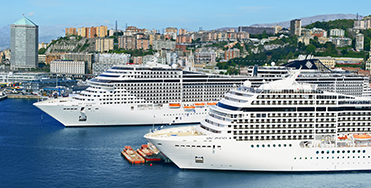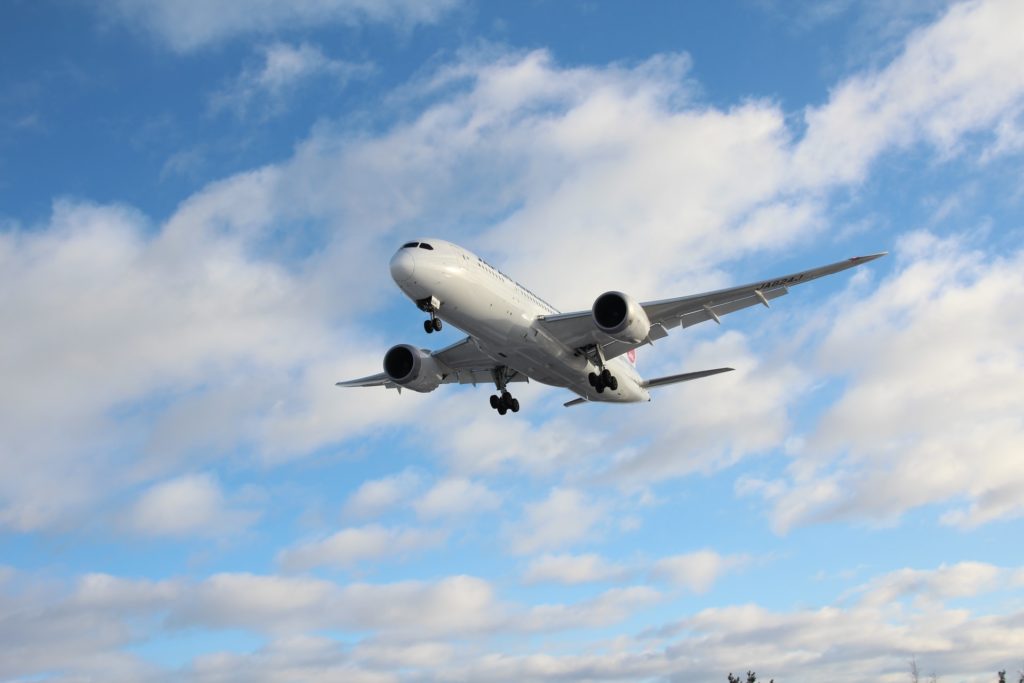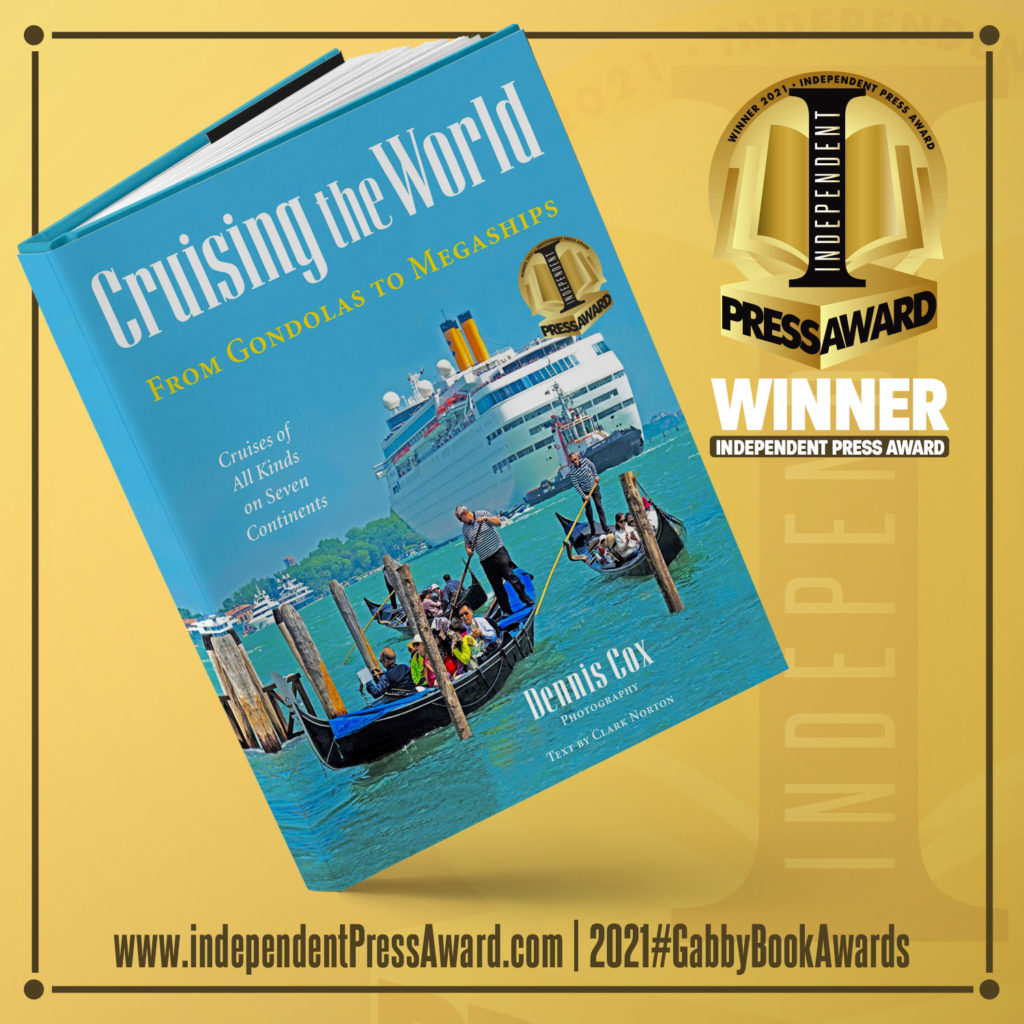
While international travel restrictions may be easing somewhat, people living overseas still face difficulties getting vaccinated, being comfortable taking long flights, and perhaps facing long quarantines if they wish to go home for visits.
Many are retirees or other baby boomers who have not been able to see children and grandchildren for more than a year.
Guest writer Jack Warner tackles the issue of what my old sociology professor would call “expat alienation.” Translation: loneliness and other tough stuff to deal with.
By Jack Warner
Much of the world has been living under lockdown measures for more than a year, as countries across the globe have put travel restrictions in place to curb the spread of Covid-19.
One often overlooked set of victims has been expats, unable to travel to visit… Continue reading

As I was browsing through some of my late mother’s memorabilia on Roman times — she taught classics at George Washington University for years — I came across an interesting set of recipes attributed to M. Gavius Apicius, said to have lived in the time of the emperor Tiberius (AD 14-37).
Tiberius, stepson of Augustus Caesar, was reputedly a nasty fellow and some of the contemporary Roman cuisine seems to reflect that. (More on that in a moment.)
Apicius himself was reputed to have spent a fortune (one hundred million sesterces!) on food and, when facing starvation due to his eventual impecuniousness, drank a vial of poison. But before that he had written two cookbooks and established himself as the Mario Batali of his day.
According to an author named… Continue reading

Based on that headline, things are looking up!
The travel and hospitality industries — airlines, restaurants, hotels, cruise lines — have taken the brunt of the economic hit during the pandemic. Estimates are that at least $500 billion of travel business has been lost in the U.S. alone.
With about 10 percent of the world’s population employed in some travel-related occupation, the global cost has been staggering, and many smaller operators, especially — tour companies, family-run restaurants, inns and the like — have struggled to survive or been forced to close down permanently.
Now, even with COVID cases still raging in many parts of the U.S. and the world, some 200 million Americans (out of 330 million) have received at least one dose of vaccine — and the travel industry is moving into… Continue reading

With the European Union announcement that fully vaccinated travelers should be able to fly to Europe at some point this summer, sufficiently jabbed baby boomers can take advantage of some truly exceptional airfares currently being offered to the Continent.
There are also some lower-than-low airfares to Asia, Latin America, the Caribbean, and within the U.S. Some are almost mind-boggling.
But you have to know where to look — and just as important, when to look.
That’s where the website ThriftyTraveler.com comes in.
By subscribing to its Premium service ($59.99 a year) you’ll get email notifications of hot economy-class airfare deals around the globe within minutes from the time they appear — which is good, because some of these deals disappear within a matter of hours. Thrifty Traveler considers a fare worth writing about if it’s $250… Continue reading

OK, this is a bit of shameless self-promotion, but I’m happy to say that Cruising the World: From Gondolas to Megaships — has won Gold in the Coffee Table Book category of the 2021 Independent Press Award competition.
The book represents the finest images from prize-winning travel photographer Dennis Cox’s decades of documenting cruise ships — and a host of other passenger carrying vessels — from around the world (77 countries on seven continents!).
I enjoyed writing the text for the book because in the process I learned a lot about the history of cruising, as well as the sheer magnitude of what goes into running megaships (love ’em or hate ’em) and smaller ocean-going cruise ships — along with the incredible variety of riverboats, sailing ships, freighters, ferries, dhows, sampans, junks, paddle wheelers, barges, trajineras, expedition vessels, feluccas, gulets, and, of course, gondolas, that traverse the world’s waterways.
Cruise… Continue reading

Editor’s Note: This is Part II of “Bordering on Madness,” chronicling the adventures and misadventures of Contributing Writer Robert Waite as he journeys from England to Moscow and back in 1971, driving a vintage Triumph Spitfire. As we pick up the tale, he has just entered the USSR after refusing to drive his car into a six-foot-deep concrete pit at the border.
If you missed Part I of “Bordering on Madness,’ you can read it here.
By Robert Waite
On this first day we drove to the city of Minsk, which today is the capital of an independent Belarus, but was then part of the Soviet Union.
The roads were relatively empty, save for a few lumbering, diesel smoke-spewing trucks. We made it to our hotel at about… Continue reading

While I’ve traveled to Russia following the fall of the Soviet Union, I never had the pleasure of visiting the USSR in all its glory, with its 15 “autonomous republics,” its delightful-sounding “Intourist guides” — who shadowed you night and day — and restaurants where waiters served you mostly bad food when they felt like it, which they usually didn’t.
But fortunately, we have roving Contributing Writer Robert Waite to give us a glimpse into what it was like to journey to the 1971 Soviet Union in what was a highly unlikely form of transport, a vintage two-seater Triumph Spitfire.
Able to proceed only at the whim of the Spitfire’s capabilities, Bob and his companion managed to overcome mounds of aptly named bureaucratic red tape — and a cast… Continue reading

As an increasing number of baby boomers get their COVID-19 vaccinations — vital for resuming safe and authorized travel — it’s easy to forget that older adults should also keep up to date with other immunizations.
The U.S. Centers for Disease Control recommends that all adults over age 50 get inoculated against influenza, shingles, pneumonia, and tetanus and diphtheria. (Some are one-time jabs, while others need periodic boosters.)
But the CDC also warns of current “widespread” outbreaks of a highly contagious virus both in the U.S. and abroad, which can damage the liver and lead to sickness, hospitalization, and even death: Hepatitis A.
While the three main Hepatitis types — Hep A, B, and C — are caused by separate viruses, they can all lead to similar symptoms.
Though not everyone is symptomatic — and Hepatitis A tends to be a… Continue reading

Photo from timelesstuvalu.com.
The usual April 1 routine among publications is to write up some ridiculous story and try to convince readers that it’s true. Today I’m going to reverse that.
All of these 12 travel trivia items have previously appeared in some form on clarknorton.com. Only one of them is false.
See if you can figure out which one is strictly for April Fool’s Day:
* St. Patrick, the patron saint of Ireland, was actually born in Britain.
* Some of the most coveted and prestigious student residences at the University of Virginia have no bathrooms.
* Habsburg Empress Maria Theresa had 16 children; her 11 daughters were all named Maria or Marie.
* The small South Pacific island nation of Tuvalu has made millions of dollars by selling its Internet URL suffix .tv to companies that stream videos… Continue reading

Item:
Oscars 2021 Gift Bag Includes a Stay at Sweden’s Remote Lighthouse Island of Pater Noster
–Visit Sweden USA
A headline in a press release about an offering this year in the “Oscars gift bag” — a bulging mix of high-end swag presented to Academy Award nominees in five top acting and directing categories — caught my eye today.
I was even more intrigued when I continued reading from the release, which was distributed by Visit Sweden USA, the Swedish tourism organization:
“When the whole world turns its eyes to the Oscars on April 25, Sweden’s remote lighthouse island of Pater Noster will once again be in the spotlight.
“While just four actors and one director will bring home the gold in the top individual categories, all 24 Oscars nominees receive a gift bag including a stay at this lighthouse turned hotel perched at the… Continue reading











